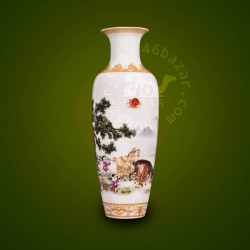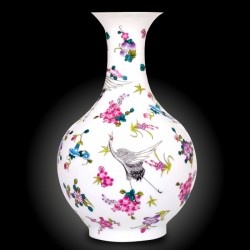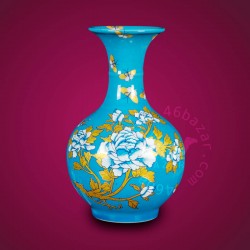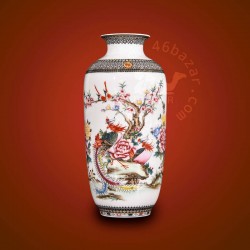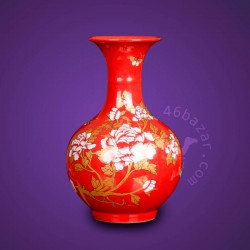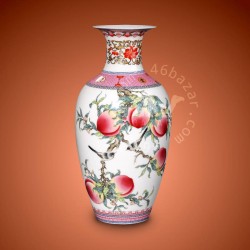A Brief History of Chinese Porcelain 1: The Beginning
The invention of porcelain (瓷, Pinyin: cí) is an important milestone in China history and porcelain wares have been playing important role in Chinese's daily life since then.
The differences between porcelain and pottery (Chinese's definition)
Porcelain and pottery (陶, Pinyin: táo) are different, any clay with high viscosity can be used as raw material for pottery while porcelain can only be made with China clay (瓷土, Pinyin: cítǔ). Pottery needs lower firing temperature than porcelain does, 1,000°C is more than enough to produce pottery while firing porcelain requires temperature at 1200-1400°C. These differences make porcelain more durable and valuable than pottery.
Early porcelain
In the Shang (商, Pinyin: shāng) and Zhou (周, Pinyin: zhōu) era when bronze wares were the mainstream, by improving existing pottery making technique and many years of trials and errors, artisans successfully produced early porcelains which were better than pottery in many aspects. As these early porcelains were glazed in green color, it is called "Primitive Celadon" (原始青瓷, Pinyin: yuánshǐ qīngcí).
Modern studies have confirmed that primitive celadon and porcelain are made from similar materials, it was the primitive celadon makers' less proficient firing skills that made the final products not as fine as porcelain.
Primitive celadons were soon become popular as they were much more cheaper and easy to produce than were bronze wares. Artisans have produced many interesting primitive celadons which were inspired by the designs of the popular bronze wares at that time.
Say hello to porcelain
Slowly but steadily, primitive celadon was finally developed into porcelain in the Eastern Han (东汉, Pinyin: dōnghàn) era. The porcelains of the Eastern Han Dynasty were mainly celadon, but also a small amount of black porcelain.
More Chinese Porcelain
- A Brief History of Chinese Porcelain 2: Southern Green Northern White
- A Brief History of Chinese Porcelain 1: The Beginning
- A Brief History of Chinese Porcelain 4: The Tang Dynasty. Xing Kilns of North and White Porcelain.
- A Brief History of Chinese Porcelain 3: The Tang Dynasty. Yue Kilns of South and Celadon.
Copyright © 2025 46 Bazar. All Rights Reserved.

